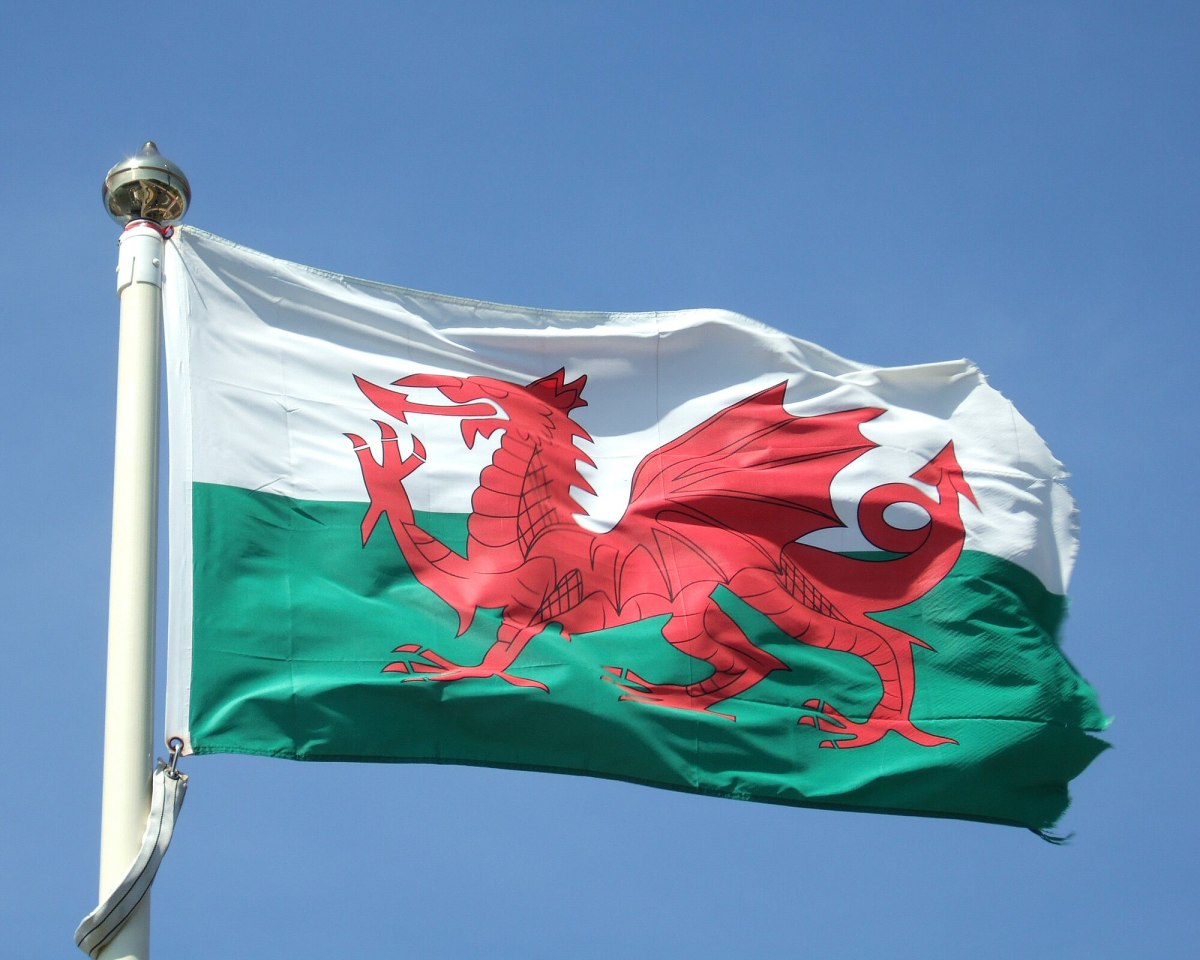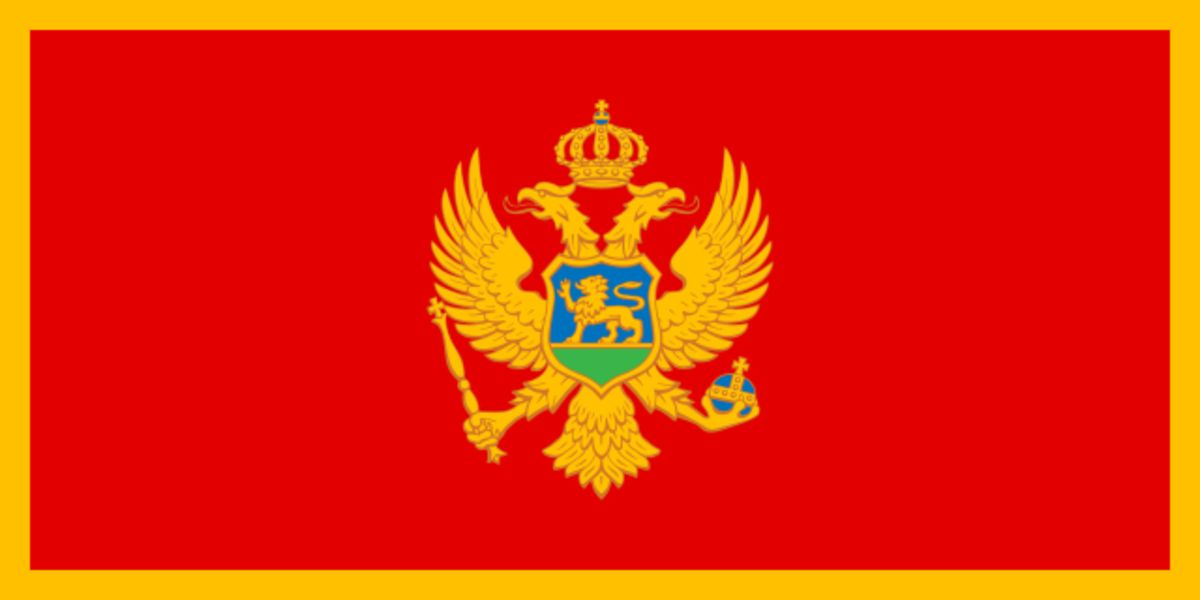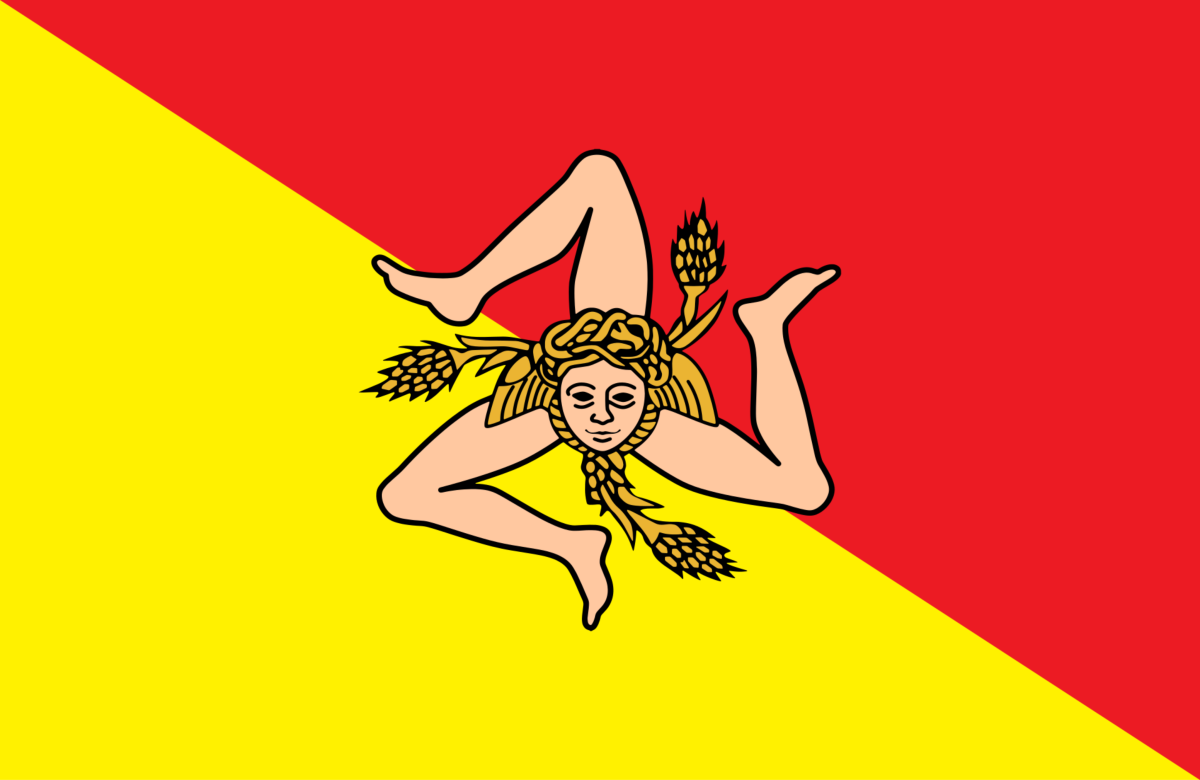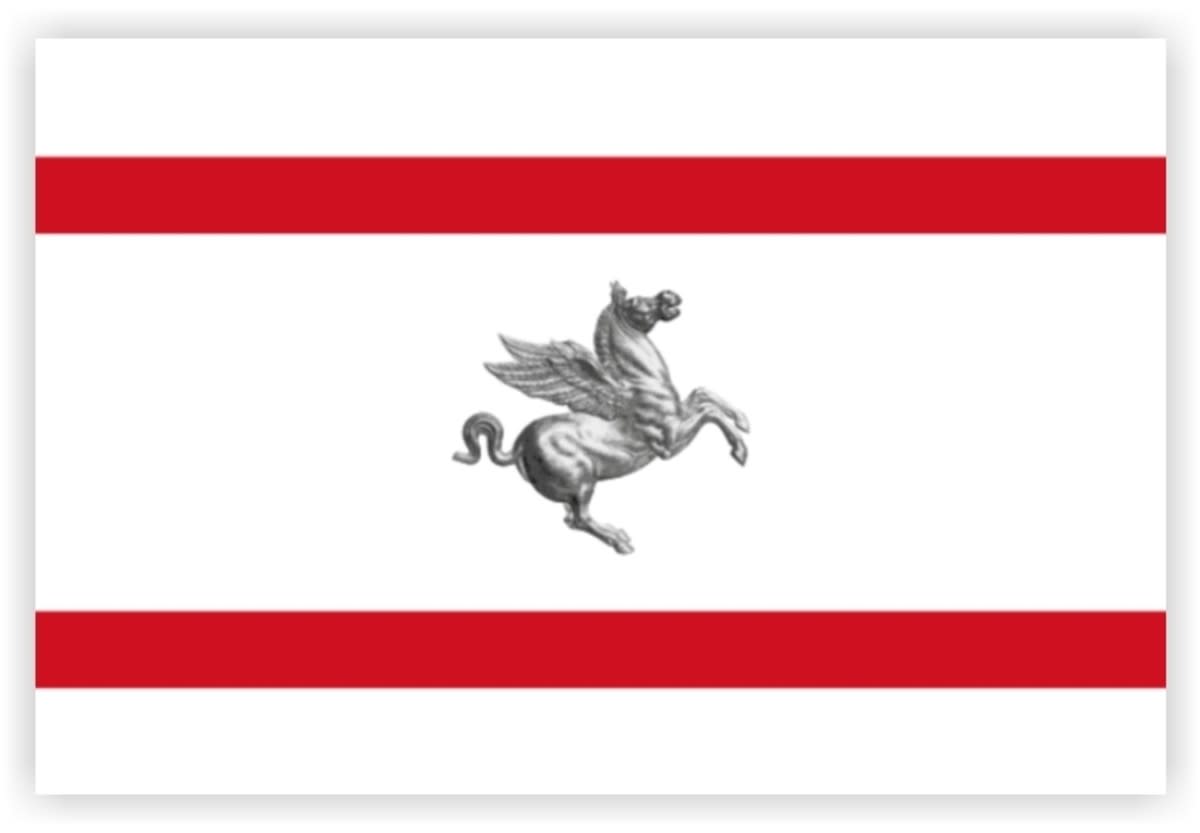Mythical Creatures That Are Featured on Flags

Mythical creatures are beings rooted in folklore and mythology across various cultures worldwide. They can be supernatural, fictional, and imaginary beings with no scientific evidence supporting their existence. These creatures may take the form of divine beings, monsters, animals, extraordinary humans, or hybrids of any of these. Their stories are often shared through written texts or verbal narratives. They are also widely recognized in popular culture through paintings, songs, art, coins, badges, and other items.
In addition to these forms of representation, certain mythical creatures also appear on flags, whether representing a nation, province, state, or organization.
This article focuses on flags that feature mythical creatures, with an emphasis on national flags. Currently, six countries have national flags that showcase mythical creatures. Among them, two types of mythical creatures appear on national flags: dragons and double-headed eagles. Dragons are featured on the flags of three countries—Wales, Bhutan, and Malta—while double-headed eagles appear on the flags of Albania, Serbia, and Montenegro. Now, let’s delve into these flags.
Dragons on Flags:
What Are Dragons?
Dragons are often depicted as large reptiles in mythology and folklore across the globe. Their descriptions varies depending on the region. In the Western world, dragons are typically portrayed as fearsome, fire-breathing creatures with bat-like wings, while in the Eastern world, they are usually seen as symbols of good fortune, characterized by long, snake-like bodies but having legs. There are three countries that feature dragons on their national flags. These are as follows:

- Wales
The national flag of Wales features horizontal white and green stripes with a red Welsh dragon at its center. The red dragon is depicted with large, bat-like wings, a muscular body, sharp claws, and an arrow-shaped tongue and tail.
This dragon become an important symbol in Welsh culture, often represents strength and protection. It is also depicted in Welsh mythology and folklore. In one tale, this creature is said to have battled a white counterpart, which embodies the conflict between the Welsh people and their enemies. Unlike the other typical dragons of the Western folklore and legends, which are often portrayed as malevolent, the Welsh people seen it as fierce but a kind creature.

2. Bhutan
Another national flag featuring a dragon is that of Bhutan. The dragon is an Asian variety, therefore, it resembles the serpent-like Chinese dragons which has long, winding bodies. On the flag, it is white in color, with each of its four claws holding a jewel.
The dragon represents country's nickname, "Land of the Thunder Dragon," a reference to its loud thunderstorms from the Himalayan mountains that hit the valleys. According to Bhutanese folklore, dragons live in heaven and the sound they produce is the thunder.

3. Malta
The Maltese flag consists of two vertical bands—one white on the left and the other red on the right. In the upper left corner of the white band, there is a cross known as the George Cross. The cross is silver and depicts Saint George, the patron saint of England, slaying a dragon. St. George is portrayed as a knight on horseback defeating the mythical beast. This symbols signifies the triumph of good over evil.
Double-Headed Eagles on Flags:
What Are Double-Headed Eagles?
The double-headed eagle is a symbol originated in Mesopotamia, where it was often carved into stone or wood. Its meaning varied depending on the story or context it represented. Over time, this symbol spread and became a part of various cultures. In the Russian Empire, for instance, the double-headed eagle represented the empire's control on its both eastern and western territories, with one head facing east to symbolize Asia and the other facing west to signify Europe. In Holy Empire, it represented the emperor’s power over both spiritual and worldly realms.
In modern times, the double-headed eagle is featured on national flags as well. The countries that include this symbol on their flags are listed below.

- Albania
The flag of Albania has a simple design. It just consists of a red field with black double-headed eagle in the center. The red color signifies the courage and bloodshed of people who fought for independence. The eagle itself represent sovereignty and the citizens of Albania.
In Albania, the double-headed eagle was initially used as stamps seals. Later, when the Ottoman Empire conquered this country, Albanians depicted this design in red surfaces as an act of revolt. In 1912, after gaining independence, this symbol was officially adopted as the national flag of Albania.

2. Serbia
The flag of Serbia consists of three horizontal stripes of red, blue, and white arranged from top to bottom. In the hoist side, there is the Sebian national coat of arms. The coat of arms consists of a yellow crown and a red shield with double-headed eagle. The crown represents the historical monarchy of the country while the red shield symbolizes the sacrifices of the martyr who struggled for country's freedom.
The presence of the white double-headed eagle symbolizes the dual nature of power, reflecting both spiritual and the secular realms. This emblem was originated from Byzantine tradition. It stands for Serbia's historical connections with the Byzantine Empire and its impact on Serbian culture and history.

3. Montenegro
The banner of Montenegro is a red flag with a gold border. In the center, there is a golden coat of arms portraying a crowned two-headed eagle holding a golden orb and scepter. In front of the eagle, there is a shield embellished with the image of a lion is displayed.
The golden double-headed eagle at the center has roots tracing back to the medieval state of Zeta. This symbol represents strength, unity, and the relationship between the church and the state. It is crowned and surrounded by different golden objects to represents the historical connections of Montenegro to monarchical traditions.
Other Flags From Around the World That Features With Mythical Creatures





















Sources of Information:
- The History of the Welsh Dragon - Symbol of Wales | Historic UK
- History of the National Flag of Montenegro | Travel Guide To Montenegro
- Rugby World Cup: What Is the History of Wales' National Flag? I BBC News
- Crown Prince Alexander: Serbian Flag Is Everlasting Symbol of Our Fr... | The Royal Family of Serbia
- Bhutan National Flag | History & Facts | Flagmaker
- Malta Flags | American Flags
- A Closer Look at Bhutan's National Flag | Daily Bhutan
Comments
Post a Comment